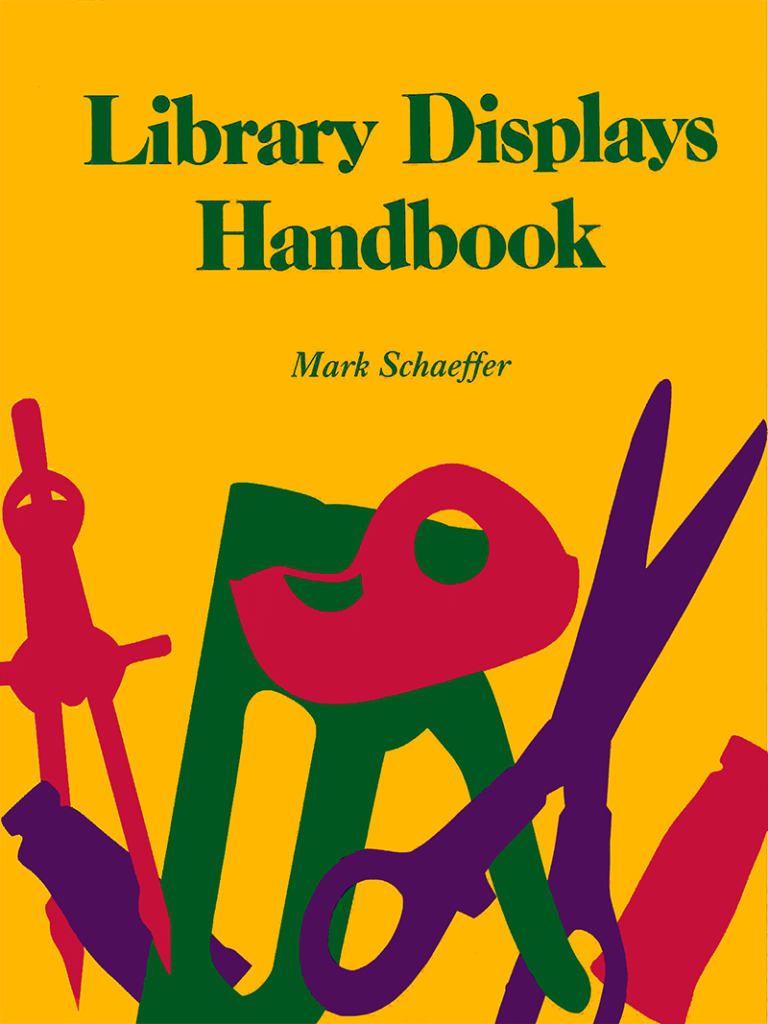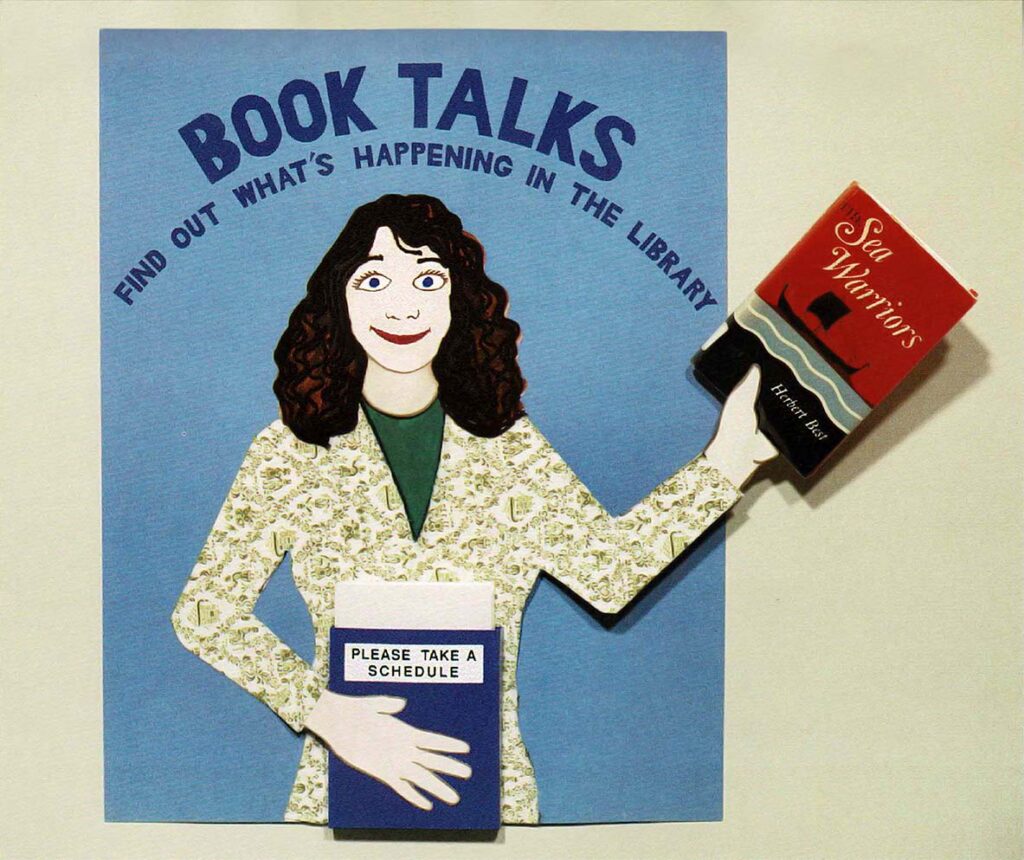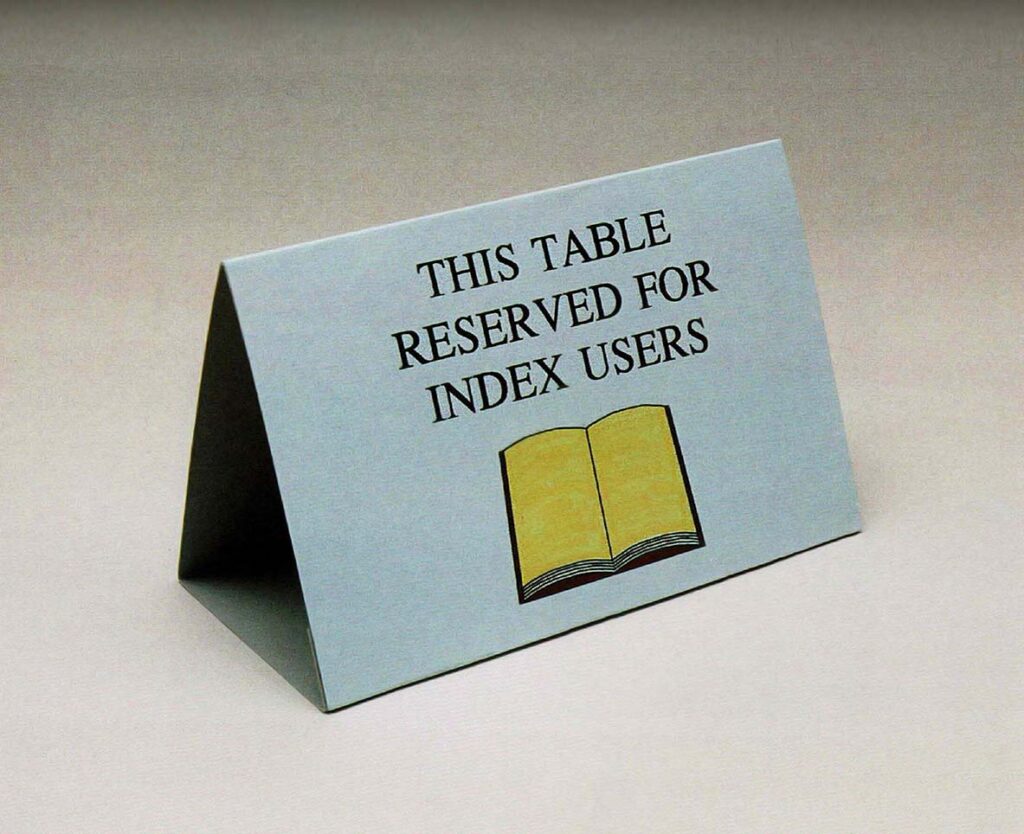In 1911, a New York barber named Adolph Buchholtz opened a wholesale barber and beauty supply shop — A. Buchholtz & Company — at 517 Third Avenue, in the shadow of the Third Avenue El. (He eventually moved down the street to larger quarters at 513 Third Avenue, occupied today by the Joshua Tree restaurant.) When Adolph died in 1948, ownership of the store passed to his sons Fred and Moe. Moe, who died in 1964, was my maternal grandfather.
Moe’s share of the business was inherited by his wife, Jeanne, who co-managed with Fred for a few years. I don’t remember when they closed the store — my guess is that it was the early 1970s — but I do remember visiting the place for the first and only time as they were liquidating their remaining inventory, and taking home a bag full of pocket hair brushes. I continued to use those brushes until well into adulthood, when I no longer had enough hair to brush.
All of this goes to explain why all of the scissors my household had when I was growing up were barber shears. They were long, thin, and graceful, and made an appealing (and ASMR-inducing) snipping sound. As soon as I was old enough to move from blunt-tipped children’s scissors to adult-size scissors, my mother gave me my very own pair. I didn’t even know that they were barber shears; I just thought that that’s what all grownup scissors were supposed to look like. As someone who was always crafting things, I used those scissors to cut construction paper, cardboard, fabric — pretty much everything except hair.
They were good scissors, and I held onto them for years afterward. So far as I know, it was entirely coincidental that my college girlfriend Marcia, when she was about to have her senior picture taken, asked me whether I could trim her hair for the portrait. I wasn’t sure what to say. On the one hand, I had no experience with haircutting or hairstyling. On the other hand, I did have professional barber shears.
I should note that when I was in my 20s, I was fearless about agreeing to do things that I was completely unqualified to do. When a vice president of the college food service department — for whom I’d previously made some paper signs using markers and watercolors — asked me whether I could make some permanent, weatherproof, metal signs to be mounted on buildings, I said, “Sure!” When a neighbor asked me to wire her house to install some extension telephones, I said, “No problem!” When a musician asked me to set up a studio to record an instrumental ensemble, I said, “Of course!” I’d then confidently figure out how to do it.
So of course, after a brief hesitation, I agreed to trim Marcia’s hair. How difficult could it be? All I had to do was carefully examine how her hair was now, and then make it look the same, only shorter. You’re probably expecting that my hubris ended in disaster, but it surprisingly didn’t. Marcia’s hair turned out looking pretty nice — so much so that friends of hers asked me to trim their hair as well. My handiwork can be seen in three portraits in the Princeton class of 1979 yearbook.
I liked cutting hair. It represented an opportunity to have a more direct, more visceral connection with people than I could get through mere conversation. I never took money for haircutting, but asked in return only to be treated to dinner — another opportunity for human connection. To this day, I feel like getting a haircut is too intimate an activity to be done by a stranger at Supercuts. That’s one reason why, a couple of years ago, I elected to swear off haircuts entirely and begin shaving my head.
My most memorable haircutting experience was when an Asian American friend who had spent her life with long, beautiful, waist-length hair decided that she wanted to cut it all off in favor of a short hairstyle. She asked me to do the honors, and despite a lot of nervousness — the first time I ever had qualms about giving a haircut — I accepted. I can still recall the sensation of my trusty barber shears crunching into that first sheaf of hair and watching it fall irrevocably to the floor. (I imagine that a medical student has the same experience when they perform their first operation.) I must confess that my friend later went to an actual hairstylist to touch up my work, but I’m grateful to be the person whom she trusted to do the initial deed.
My haircutting career came to an end on a warm summer night when I had an appointment with a friend named Mike. We’d arranged to an efficient swap — a haircut first, followed immediately by the requisite dinner — but somehow a pre-dinner bottle of wine got opened and consumed during the haircutting portion of the evening. That turned out to be a bad idea. Mike’s hair was curly and therefore somewhat forgiving, but it still degenerated into an uneven mess that got worse the more I tried to fix it. (I seem to remember that one spot ended up entirely bald.)
Like the characters in the Warner Brothers cartoons who run off a cliff but can’t plunge to earth until they recognize that there’s nothing holding them up, I suddenly had the stomach-churning realization that I have no idea what I’m doing. Whatever delusion I’d had that I could successfully cut hair — the confident “How difficult could it be?” that had buoyed me on so many occasions — vanished. My elegant barber shears returned to being everyday scissors, cutting paper and cardboard but never again touching a human head.
I miss the physical interaction and the convivial free meals, but most of all I miss the naive blindness to my own limitations.





Recent Comments